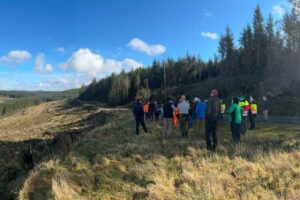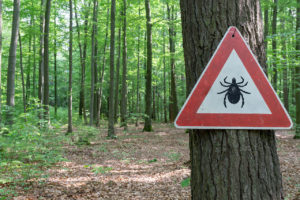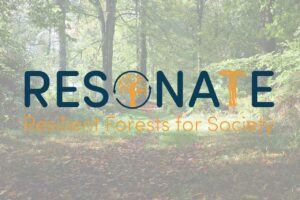ICF and Ash Dieback
The ICF is fully involved with the developing response to the ash dieback crisis caused by Chalara fraxinea. We are part of a core group set up by Defra to assist government to develop its response. We have been represented at all recent stakeholder meetings with government in England (and will be at forthcoming meetings with the Scottish Government) and are working with others such as Confor, Woodland Trust, the CLA and National Trust to ensure a consistent and measured response.
We are seeking to ensure that trees in towns and urban forests are not ignored alongside the concerns for hedgerow ash and ash in woodlands.
We are pressing for a larger view to be taken of threats to pests and diseases from beyond our shores. This is a unique opportunity to put in place far more effective controls and procedures to lessen the risk of introduction of further alien organisms.
Research on this and other tree diseases need a step-change increase.
As to the disease itself:
- In addition to imported ash plants and recent plantings we now know the disease is established in mature woodland in East Anglia and SE England but we await details of ages and sizes of trees infected.
- Infection in the wider environment may have been by spores blown in from Europe.
- Rate of spread is suggested at 20-30 km per year.
- Chalara kills young trees outright in the year of infection, but it takes longer on older trees.
- There is likely to be variation in resistance, with perhaps 1-5% of trees showing some resistance.
- Spore release and hence new infections occurs when infected leaves fall on the ground, remain damp, and develop tiny white fruiting bodies along the rachis. Spores are thought to have short life and not persist.
- Fuller details of the facts and science of Chalara can be found on the FC website which has the latest information. A very useful video for Chalara identification is also available on this website.
- A map showing confirmed sites can be found on the FC website here
As to control and what we can do, the government announced an action plan agreed at a COBR meeting today (9 Nov):
- newly-planted diseased trees and diseased trees in nurseries will be traced and destroyed, because once young trees are infected they succumb quickly;
- mature trees will not currently be removed, because they are valuable to wildlife, take longer to die, and can help us learn more about genetic strains which might be resistant to the disease. Infection does not occur directly from tree to tree;
- better understanding of the disease will be built through research and surveys, which will look not only for diseased trees, but also for those which show signs of genetic resistance to Chalara fraxinea infection, to help identify genetic strains resistant to the disease;
- the search for the disease will include trees in towns and cities as well as the countryside, building partnerships with a range of organisations beyond Government;
- foresters, land managers, environmental groups and the public will be informed about how to identify diseased trees and those likely to be resistant to the disease, and know what to do if they find a diseased tree.
Useful information and discussion can be found at ICF’s LinkedIn page here





